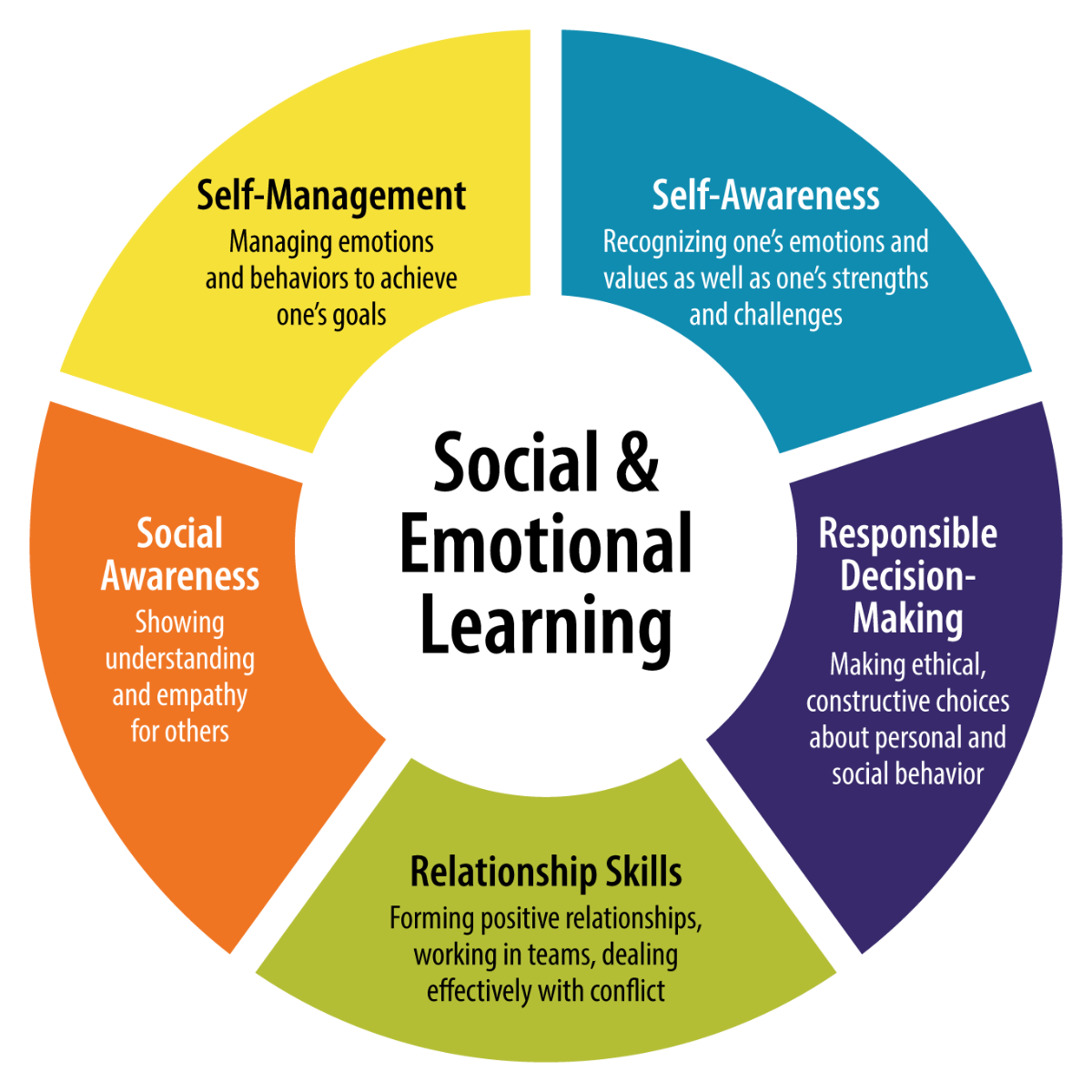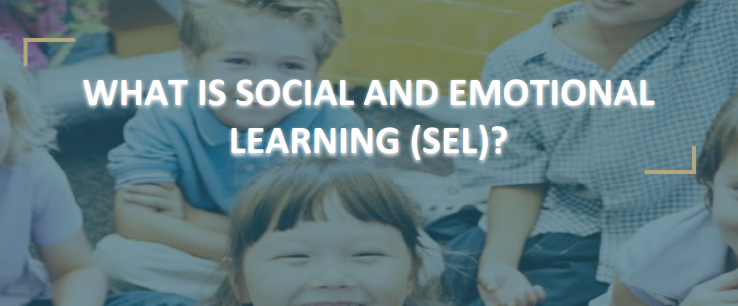As many teachers know, there's always some new form of pedagogy to implement in teaching to improve learning outcomes for students. In my final two years as an educator, our faculty learned a whole lot about social-emotional learning, which many in the education world now refer to simply as SEL. I discovered this pedagogy to be extremely important for me while educating diverse sets of students. While students learn many intellectual skills in the classroom, that impact can plateau without a strong social-emotional core.
SEL in education consists of five major categories, which we’ll discuss, along with the role of technology in social-emotional development. SEL is built on various processes through which both children and adults acquire and effectively apply the knowledge, attitudes, and skills that are necessary for understanding and managing emotions, setting and achieving attainable goals, feeling and showing empathy towards others, establishing and maintaining positive relationships, and making responsible decisions. To that end, the five main categories of social-emotional learning are uniquely important.
Five elements of SEL in education.
- Self-Awareness
- Self-Management
- Social Awareness
- Relationship Skills
- Responsible Decision Making

Many people outside of the education world might expect for most children to naturally develop these core social-emotional learning skills at home but today's teachers know that, many times, this isn't the case. As a teacher, I found myself wearing many hats in the classroom, including that of detective. There's a unique complexity underneath every student and just because they're in the same class, they're not all the same. It is impossible to generalize them—nor should teachers try to do so. Every student has their own unique abilities and potential that makes them each special.
Helping students thrive with SEL.
To be able to help my students grow and learn, I truly needed to understand them. The actions we see on the surface are not always indicative of the whole story. Was one particular student consistently not doing the homework because they had no desire to do it? Or, was it due to struggling with self-management and organization skills? Was another student saying they couldn’t finish something because they didn’t feel like it? Or, was it more because they lacked enough self-awareness and a sense of self-confidence to even try? Every student is different and SEL helps them celebrate this diversity by regularly making it the focal point of the pedagogy. So, as teachers, leveraging the potential of social-emotional learning and these five main categories while still teaching the core subjects is the name of the game.
Maker education (or MakerEd) is a technological and creative learning revolution. SEL and its pedagogy involves using certain strategies to help students strengthen key skills like responsibility, decision making, teamwork, creative thinking, problem solving, relationship building, and community engagement. As they use their heads, hearts, and hands, they can explore the most relevant SEL concepts. And, in combining MakerEd with social-emotional learning, teachers can prompt a shift in this classroom atmosphere since MakerEd helps kids steer these experiences back towards doing—emphasizing active learning and not passive consumption. Kids are free to be creative, collaborate, and learn from mistakes and successes.
Adding hands-on exploration to social-emotional learning.
The tools that students can utilize in maker education help create a safe environment for them. Then, they can easily practice and improve on their SEL skills while having fun and enhancing their STEM knowledge. MakerEd tools are effective because they naturally help students improve their cognition, engagement, and values at the same time. Just like pedagogy is always changing, so are the technologies. So, it makes a lot of sense for these two elements to go hand in hand. Technology has also adapted to the different teaching methods and social-emotional learning is no exception. And, MakerEd tools, in particular, provide all K-12 teachers with an innovative and engaging way to help kids develop their hard and soft skills.

In our eyes, there are three main parts to social-emotional learning (the 3 H’s): head, heart, and hands. To learn effectively, kids need all three areas engaged in the content—starting with their brains identifying the key concepts. They also benefit from using their hands, which often means using maker tools. When their hands are working together with their heads, kids can then create a relationship between these body parts. At the same time, engagement and creativity can spike through doing and inventing. And, finally, when kids involve their hearts, too—when they truly care about what they are building, making, or discovering—they can realize the importance and value of SEL while building relationships with their peers at the same time.
Social-emotional learning, relationships, and technology.
There are many strategies to ultimately connect their heads, hands, and hearts to the emotional element of their education. And, the Eduporium team can help teachers implement both SEL and technology into the classroom, library, or an afterschool club. We match tech tools with teacher expertise and can recommend specific solutions based on social-emotional needs. For different types of classroom environments, we can design custom EdTech bundles with supplemental PD. We also provide monthly grants to teachers with need and run workshops. Plus, our team of knowledgeable and passionate professionals knows that every classroom is different with plenty of unique individual students.
Our team can also work with you directly. We can help plan out technology integration in your classrooms and align it with the various social-emotional needs of K-12 students. For all the latest insights on trending topics in education, follow us on Twitter, Instagram, and Facebook. Subscribe to our weekly newsletter as well and click below to connect regarding your social-emotional learning efforts.





2 Comments